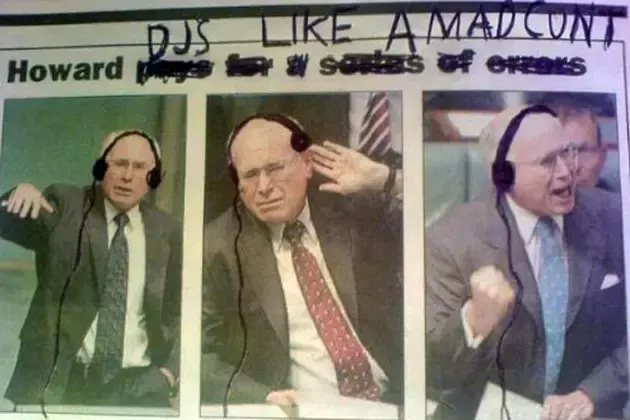That’s right Cronulla, your likely next local member isn’t actually local. But, he promises he will be real soon!
Good luck with that!
Having lived in super safe-seats and marginal seats, I promise it’s far better to live in a seat that flips every election!


deleted by creator
Yeah 100%. With 150 seats in Parliament, at the 2022 election the Greens should have gotten 18 or 19 seats*. Instead they got 4. And that was a lucky upswing for them, a 4x increase in seats on the back of a mere 1.9% swing in votes.
Of course, the flip side is that One Nation should have gotten 7 or 8 and United Australia should have gotten 6 or 7†
It’s why I kinda don’t love getting into the specifics of parties. Yes, a proportional system would help out my preferred party, but I believe people should support it regardless of that, just because it provides better democracy. It’s a better representation of what the people actually wanted. Even if what they wanted is harmful, as I believe it is in Germany when they vote for AfD, in NZ for NZ First, and One Nation here—or as their voters undoubtedly would think of the Greens.
One handy feature of these systems is that you tend to get coalitions rather than majority governments. And as Australia saw in 2010–2013, this is actually really good for delivering high-quality legislation. Governments are forced to compromise and communicate and work with each other, rather than being extremely polarised and highly oppositional, as our current Parliament tends to be.
You can even keep the local representation, if you want it! MMP is a fantastic proportional system where roughly half the seats in Parliament are local seats, and half are used to top up Parliament so that the overall result is proportional.
* assuming no change in vote preferences from first preference lower house votes
† unless there were a 5% minimum threshold, which some countries use. Both parties got 4.x% of the vote.